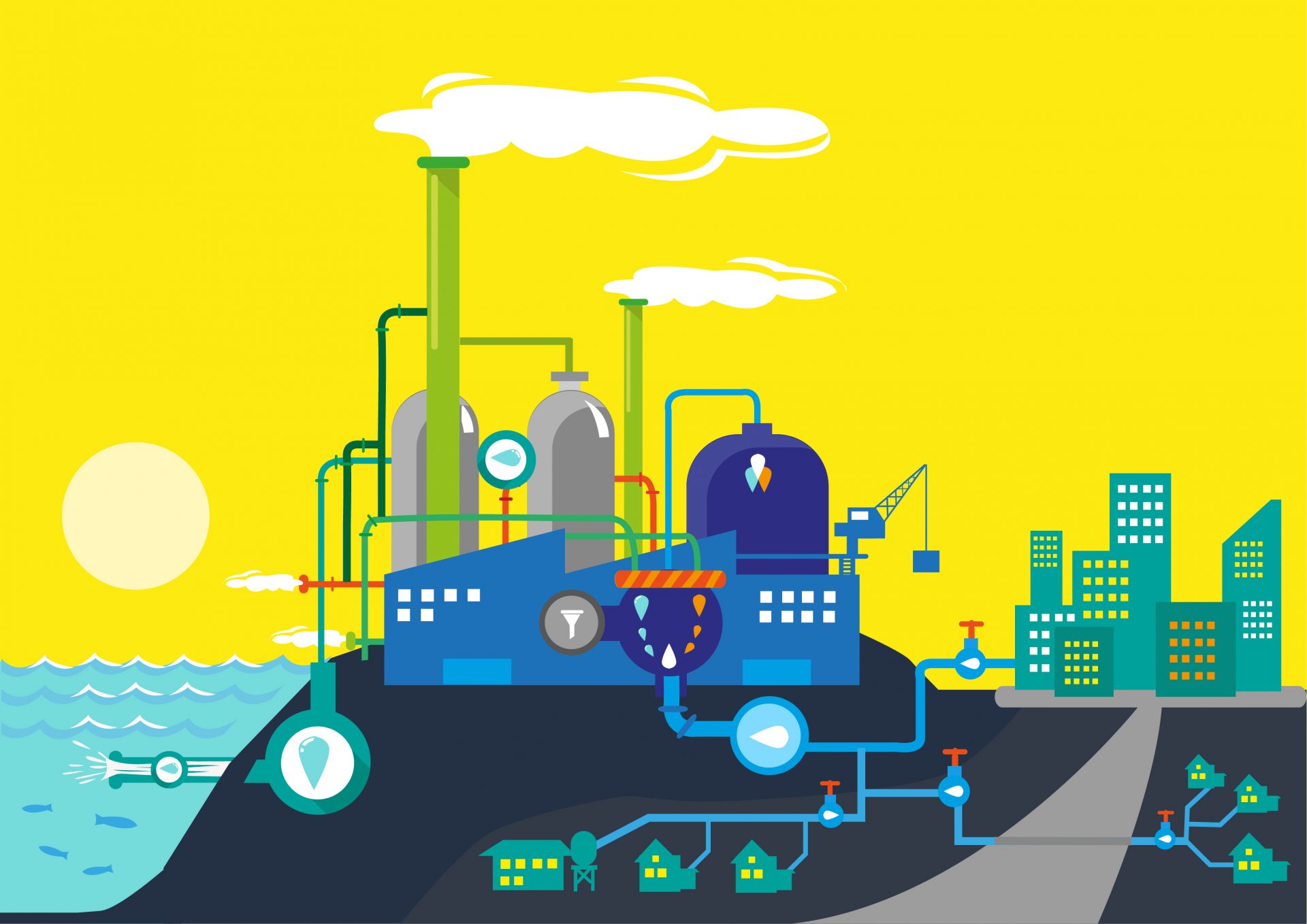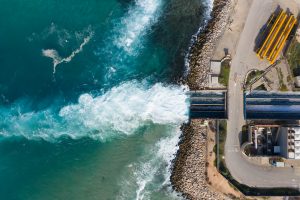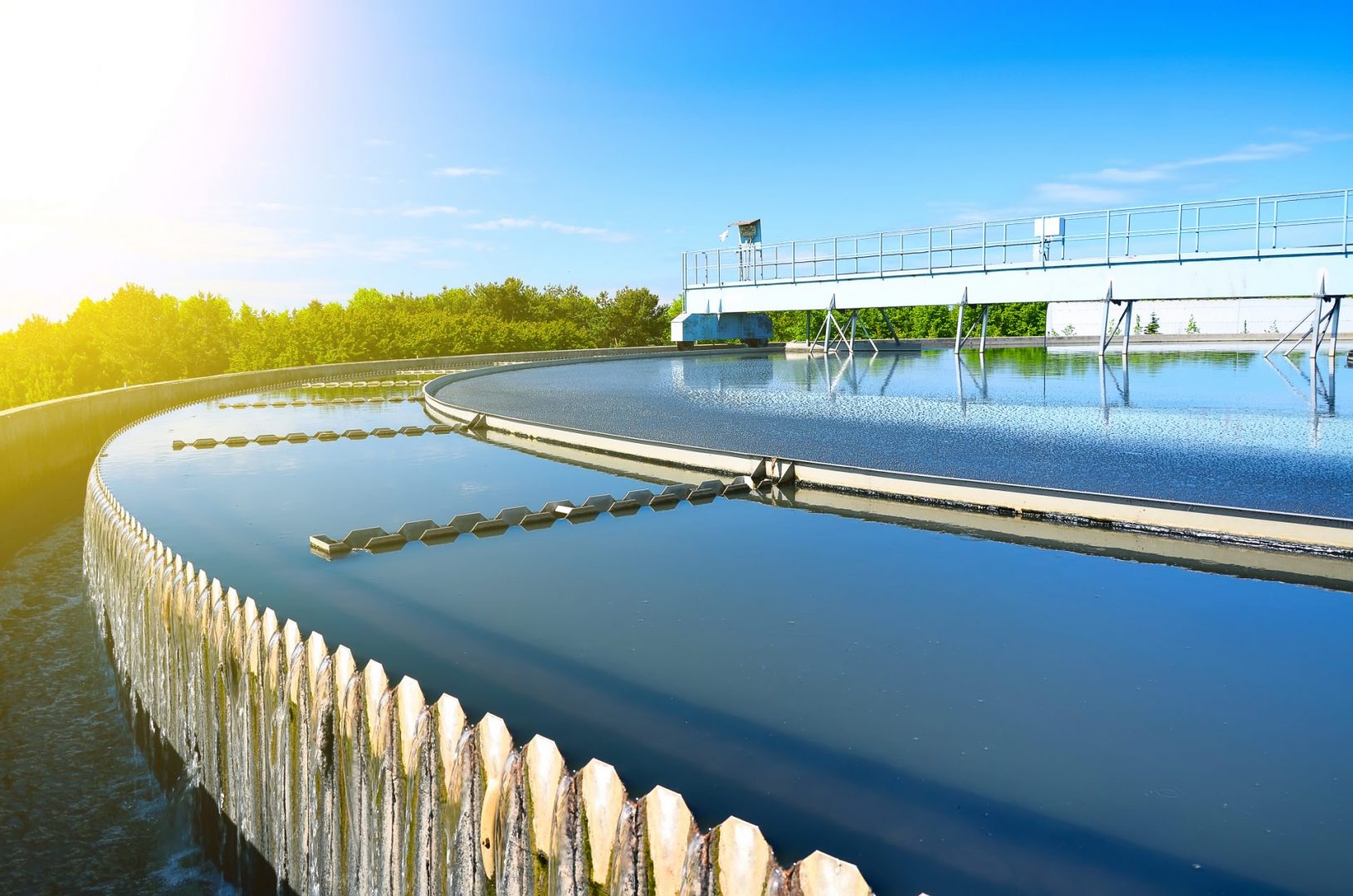It is difficult to comprehend that across many countries worldwide there is severe drought and a scarcity of fresh drinking water, while here in Ireland we are prone to rainfall year-round and many of us have fresh drinking water from the turn of a tap. Water covers 71% of our planet’s surface, but of this water, 97% is seawater and undrinkable.
Industry and agriculture are two of the biggest consumers of water worldwide. The production of a single cotton t-shirt requires approximately 2,500 litres of water. The production of a single beef burger also requires 2,500 litres of water. Yet, the average price of beef burger is €4.00. Water is undervalued by many of us simply because we have a constant supply free of charge or at a minimal cost.
It is clear to be seen that climate change is the main contributing factor to the disruptive weather patterns we have seen in recent years which led to extreme weather events and shortages of drinking water availability. As global temperatures continue to rise, the probability of developing countries having a continuous supply of fresh drinking water becomes increasingly unlikely. Meanwhile developed nations are utilising the equivalent daily fluid intake of a person for over 1.5 years in order to produce a single beef burger.

Most people are not water considerate by any means and seem to turn a blind eye to the troubles that are ongoing regarding access to fresh drinking water worldwide. Developing nations need alternative approaches of producing and harnessing fresh drinking water before they begin to experience a ‘day zero’. This is the day when a municipal water supply runs out. This was narrowly avoided in Cape Town, South Africa in recent years through strict water restrictions.
Around 80% of countries worldwide have an ocean shore giving them access to seawater. Desalination is the process of purifying seawater into fresh drinking water and has been used for thousands of years. During the Bronze Age (3000-1000 BC), Greek sailors were known to have utilised desalination by boiling seawater onboard their ships to evaporate and separate the freshwater from the salt. The Romans also utilized desalination by using clay filters to trap the salt, separating it from the drinking water. Although technology has advanced, the concept remains the same. The two most common methods today are reverse osmosis and distillation. Reverse osmosis water treatment pushes water through small filters leaving the unwanted salt behind. Distillation involves boiling water and collecting the water vapor produced during this process. Both methods are very effective and appear quite simple, but they require energy, infrastructure, and money on large scale bases.

With advances in renewable energy in warm weather developing countries, desalinisation could be utilised using direct sunlight to evaporate the salty undrinkable water and condense it back into fresh water or convert the ever-present radiant energy from the sun into electricity and use it to carry out the desalination process. The operation of a desalination plant is expensive and produces a harmful by-product called brine, however recent studies have shown that through simple processes brine can be converted into useful chemicals, including ones that make the desalination process itself more efficient.
Climate change is already affecting every region on earth. Here in Ireland, we have seen more frequent storms as well as droughts and water shortages during the summer period. Desalinisation could allow for nearly all severely water-stressed areas across the globe to have their own, unlimited water source. Despite its high cost, through appropriate funding and technological advances in renewable energy, desalination is a process which could be crucial in preventing worldwide water shortages. The key to solving this ongoing battle is recognising that drinking water is a valuable resource, and we must act now before adequate supplies run out.



